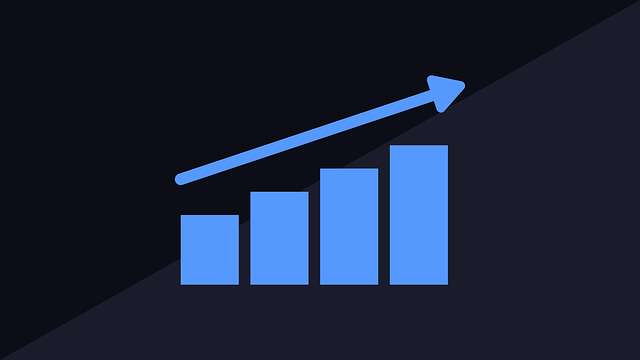1. All great performers have a coach. Look around – professional athletes, public figures, musicians and leaders. To operate without a coach is akin to operating without a mirror. It is like operating with the attitude that “I know I am right”. This “I know it” attitude is a killer in any organization, particularly at the top!
You make it significantly more difficult to win without a coach.
2. A coach reveals your blind spots to you. Let’s face it! All of us have blind spots, including the CEO. And my claim, dare I say, is, “the longer you have worked, chances are, the more barriers you have built!”
The coach helps you see these barriers that you cannot see on your own. These barriers need to be busted – for the sake of the organization.
3. The coach takes a dispassionate view, without any biases – he says it as he sees it. Few leaders have people in their organizations who give them unbiased, dispassionate perspectives – not necessarily because they don’t want to (in many organizations they are afraid to), but mainly because they do not have a dispassionate perspective.
4. Also, the coach asks you pertinent questions, those that others do not have the courage or the authority to ask you. These questions open up a whole new world for the CEO – one that was not available to the CEO prior to the conversation.
5. If you want to build a learning organization, you need to be the first one to have the attitude of “what may I be missing, if discovered can shift the results of my organization”, rather that the attitude of “I have so many years of experience and I know what needs to be done”.
6. A coach supports the CEO to manage conflict effectively. Often, decisions of the CEO please one group, and displease another. The CEO has to walk the tight rope walk, and this skill is built with the support of a coach.
7. There are certain conversations you cannot have with the board, and then there are other conversations you cannot have with your second line. The CEO needs a partner who the CEO can be open with; one who is going to be sensitive, and yet objective; honest, and yet respectful.
8. The Coach helps you significantly expand your options. And when you expand your options, your decision-making significantly improves.
Here are some questions for you to consider, particularly if you are a CEO, or a member of the senior management in an organization:
a. Do you have the courage to acknowledge that you need a coach?
b. Are you ready to question your inherent beliefs, biases and assessments that may be stopping you from achieving your full potential, and in turn the organization’s full potential?
c. Do you and your organization need to be shaken up out of their slumber?
d. Are you working hard, and yet not achieving your results?
e. Are you ready to make a learning commitment, and then build a learning culture?
If your answer to 4 out of 5 questions above is a Yes, then time has come for you to get yourself a skilled coach.
Schedule a Conversation
Please help us with your details.








